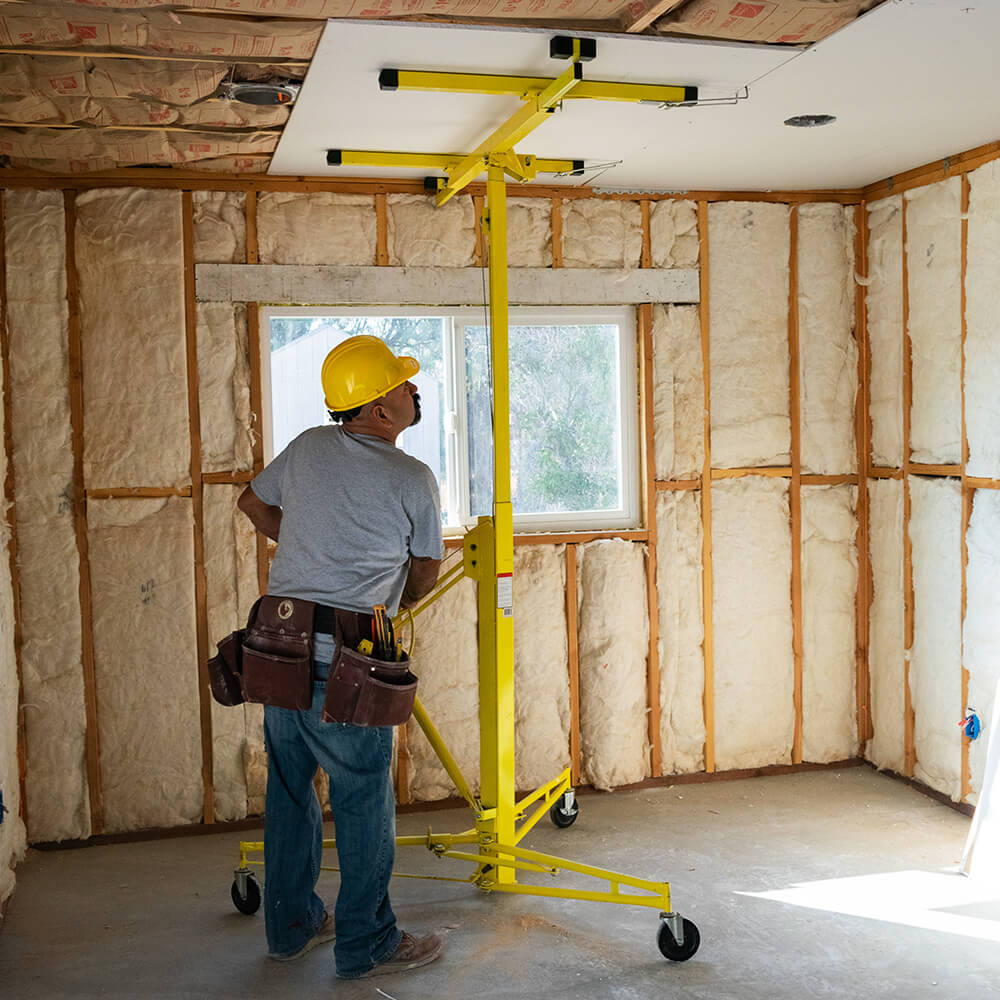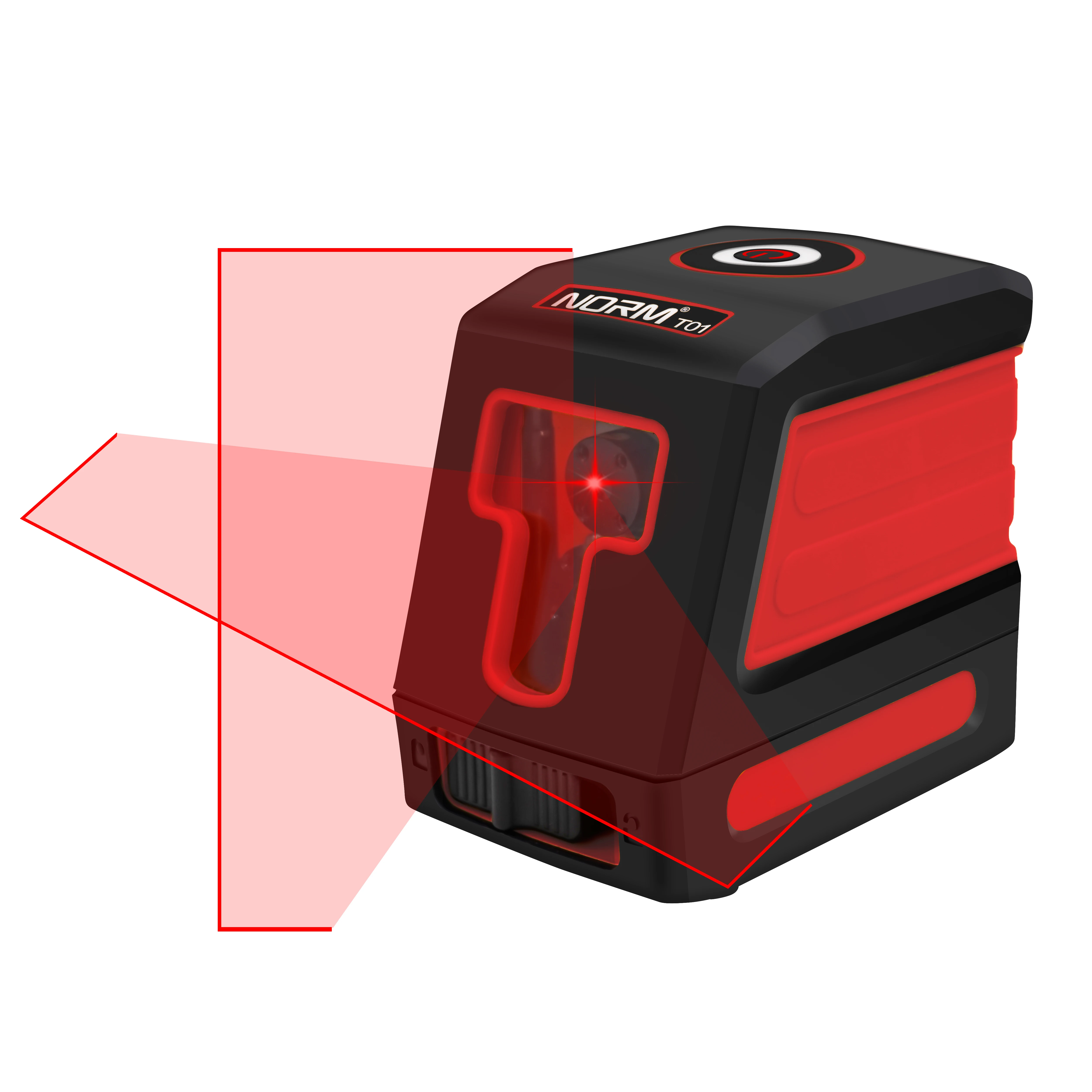

If you end the freehand line back at the starting point, you create a closed shape.Founded by Joshua Kessell, a man who shares a passion for all things tools, Redline Tools is one of the world’s leading providers of automotive and industrial tools, supplies and equipment.įor more than 18 years, we’ve had one goal: deliver the most durable, highest-quality products at the market’s lowest prices available. Release the mouse cursor to stop drawing.Moving the mouse slowly helps you draw a smooth line. Drawing freehand can take patience and practice. Click and drag the cursor to draw a curvy line or irregular shape.To draw with the Freehand tool, follow these steps:

To select the Freehand tool, click the down arrow next to the Line tool on the default toolbar or choose Tools > Lines > Freehand from the menu bar. (If you want to create arcs or curves, check out Creating Arcs or Bending Lines and Shapes with Paths and Points instead.) With the Freehand tool ( ), you can draw loopy lines or irregular shapes. You can see the result in the following figure. After you toggle off Auto Join, the lines you draw beginning at an existing end point are not joined to existing lines. On the context menu, clear the checkmark next to the Auto Join Lines option. To turn off Auto Join, context-click while the Line tool is active.

If you toggle off Auto Join feature, the existing line or lines and the newer line or lines won't share a context when you select one of the lines. The Auto Join setting controls this behavior. As a result, after you finish drawing and select one of the lines, both the existing and new lines share a context. When you set a line's start point at the end of an existing line, by default, the new line joins the existing lines. Click to place the line's end point, and the tangent line appears. The line also seems to snap to the tangent point. After you place the start point, move the cursor until you see a rubber band-like inference line running tangent to the current mouse position. You can also set a line's start point on a circle or arc. Then click to place the end point at the tangent point. If you need to draw a line that is tangent to an existing arc or circle, you can set a start point anywhere outside the circle and then hover the Line tool cursor over the edge of the circle until the the Tangent point inference appears, as shown in the following figure. The second value is the number of default units from the line’s starting point. The first value is an angle, measured counter-clockwise from the positive X axis. Values are relative to the line’s starting point. The second value is the Y, or green, axis. Values are measured from the upper left of the drawing area.



 0 kommentar(er)
0 kommentar(er)
